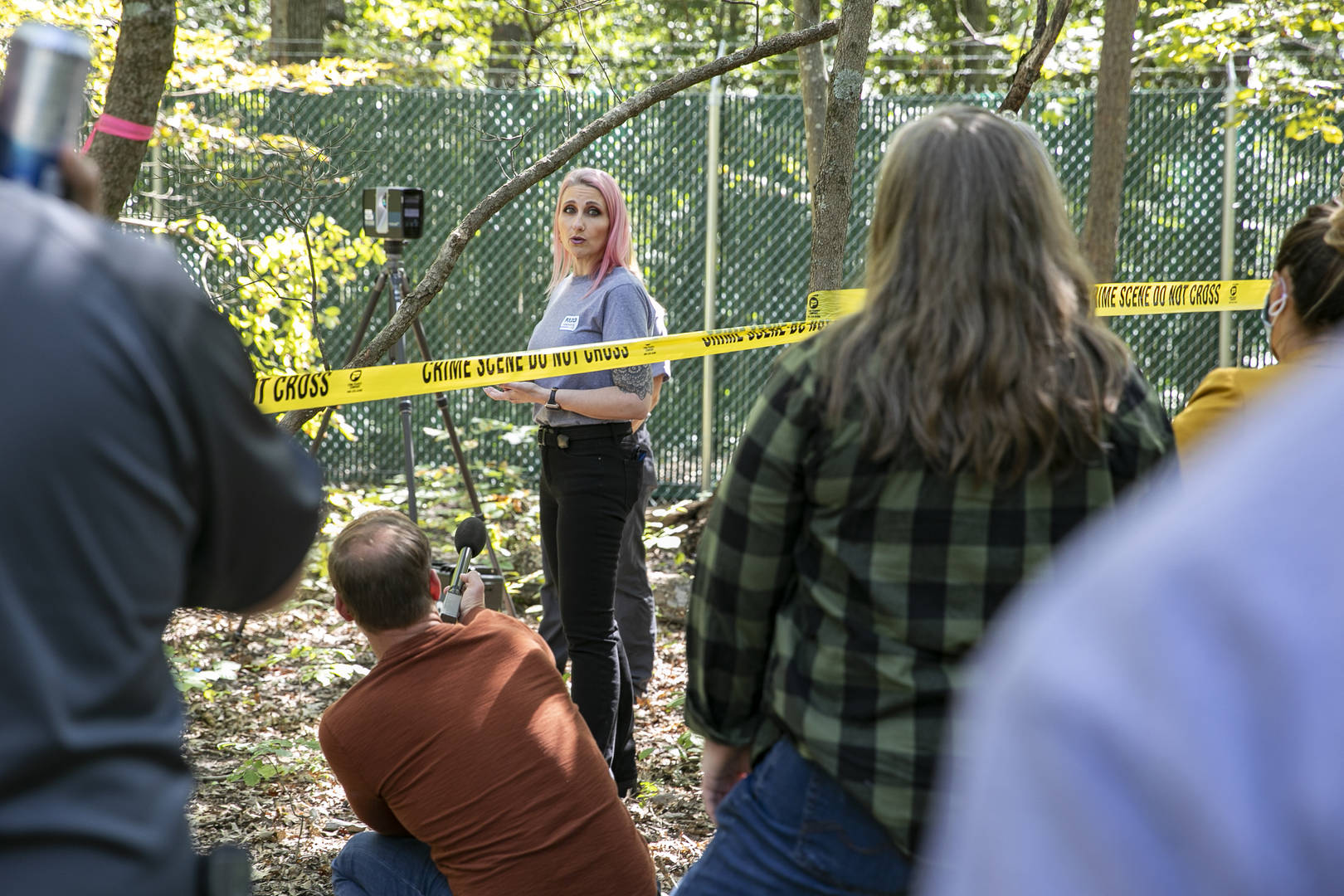Crime scene investigation training, from proper equipment usage and forensic documentation, to eliminating human bias, is a multifaceted process. Public-private partnerships that help shape in-classroom curriculum and in-field simulations is one solution driving systemic change.
By cementing robust relationships between academia and the private sector, younger millennials now in graduate programs and generation Z (those born from 1997 onward) will have the opportunity to learn from in-field experts on a variety of topics. In a growing number of cases, aspiring crime scene investigators will test the latest equipment in real-world simulations at forensic anthropology centers known colloquially as “body farms,” places of learning that have been evolving in their own right since the first centers of their kind opened in 1987. Not only that, but field experts will also be directly involved in curriculum creation in these graduate-level courses.
Recently, FARO® embarked on just such a public-private partnership. In 2021, the technology leader lent Virginia-based George Mason University $300,000 of equipment for use by students training in state-of-the-art forensic science technology. In addition to that, students will also have the opportunity to work with law enforcement partners such the George Mason University Police, Fairfax County Police, Fairfax City Police and others, including the U.S. Army. Beyond simply lending equipment, however, FARO has grander designs to draw up an actual course curriculum. While details still need to be ironed out, a new course is slated for 2022 and will be offered to some 14 students per class.
In FARO’s article, The Evolution of Public Safety Training: How Public-Private Partnerships Can Assist, author Alina Burroughs identifies the key challenges law enforcement agencies and police departments face as it relates to a growing generational skills gap and the benefits of enhanced in-classroom and in-simulation training versus the institutional knowledge newly minted officers and crime scene investigators stand to gain while on the job.
Faced with the mass retirement of the baby boom generation (peak baby boom birth years in the US were 1957 and 1961, respectively, and individuals born in those years will turn 65 in 2022 and 2026) and a loss of legacy institutional knowledge, better, more comprehensive training that includes enhanced community outreach as much as it does proper equipment usage, accident investigation techniques, and crash reconstruction procedures, is critical in the decades ahead.
But even if a public-private partnership between an academic institution and your agency is not possible at this immediate moment, agencies and departments alike can begin their own internal conversations about their CSI training now. At stake is nothing less than the public trust to which law enforcement takes an oath to uphold. Scroll to the bottom of the PDF to review Alina’s 5-point plan to ensure your CSI training is on track.
